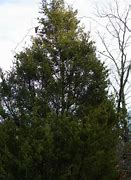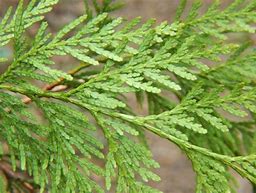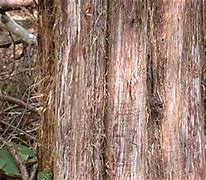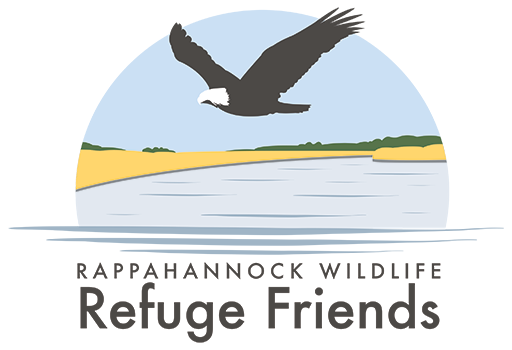Eastern Redcedar

Eastern Redcedar (Juniper) Juniperus virginiana L.
Mature Size: 40 to 60 feet in height, 1 to 2 feet in diameter
Form: Dense, compact, column-like crown with short, slender branches.
Where to find them: Found on a wide variety of soils, from acidic wetland edges to dry, rocky ridges; thrives on barren soils where few other trees are found

Needles: Mature needles are 1/16 inch long, shiny, dark green, scale-like, fragrant, and pressed close to form 4-sided twigs; young needles are up to 3⁄8 inch long, pointed and prickly
Cone: Produced only on female trees; round, 1⁄4 to 1⁄3 inch across, fleshy, and berrylike; green turning blue when ripe, with a grayish-white, waxy covering.
Wildlife use: The small berry-like fruits are also a preferred food of many birds, especially the cedar waxwing that takes its name from its favorite tree. Other users include evening grosbeak, bobwhite quail, tree swallow, mockingbird, and purple finch. Redcedar’s dense foliage provides excellent roosting and nesting cover for birds. Deer use its foliage as an emergency winter food source.

Bark: Light reddish-brown, thin, peeling and fibrous.
Use the “RETURN” button to return to the tree list
OR
Scan the QR code on the next tree sign
Upcoming Events
Rappahannock Wildlife Refuge Friends
P.O. Box 1565
Warsaw, VA 22572-1565
